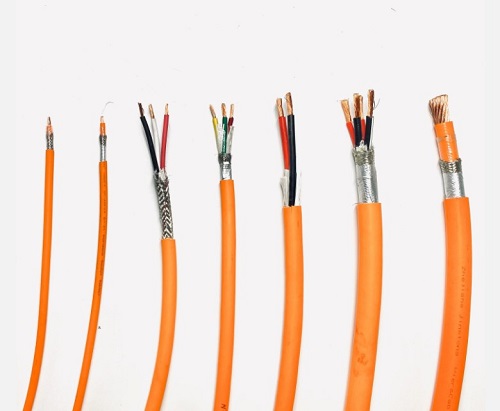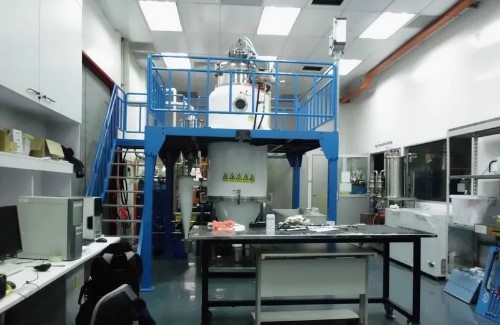Using Nanotechnology To Remove Blood Clots And Detect Cancer
Nanotechnology can eventually be applied in the removal of blood clots in the bodies of human beings. The idea is to come up with tiny robot like structures through this technology that would swim in the bloodstream to the part where a clot exists and dissolve it. This achievement can be attributed to ability of nanotechnology to be used to manipulate individual molecules. These robots use adulatory propulsion mechanisms that are enabled by piezoelectric nanofibres (PTZ). An alteration within the electrical charge creates vibration energy actuators within the PTZ device.
Nanotechnology can also be associated with the early detection of cancerous cells and assist in their elimination. Cancer can be said to be a large number of diseases characterized by the development abnormal cells that tend to divide uncontrollably and have the ability to infiltrate and destroy normal body tissues. It also has the ability to spread throughout the body of a human being.
Controls systems in the robots are put in the top part and the tail, and PTZ nanofiber actuations are used to make them while they are driven by sinusoid signals. This is how the robots will be able to be controlled by the scientists and be dislodged in the areas where the clots are present so that they can be able to dissolve the clots and hence remove it in the arterioles.
Application of nanotechnology in the detection of cancer could be applied in various ways; for instance colonoscopy, which is the examination of the linings of the colon and the rectum using a fiber optic camera. It allows doctors to detect small polyps that have formed in the colorectal and remove them before they actually turn to be cancerous. The accuracy of this examination process is depended on a number of factors that may include the speed at which the examination is conducted and how thorough physicians search for flat lesions.
With the use of nanotechnology, cancerous cells or precancerous cells can be detected early before a visible growth can be formed and it can also be a pathway in which cancer killing drugs can be delivered to sites where they have been detected so that they can be destroyed and be prevented from growing.









